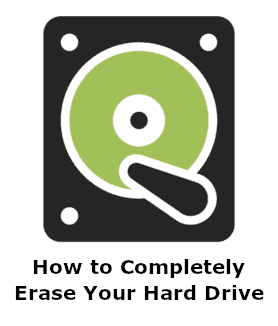Privacy Canada is community-supported. We may earn a commission when make a purchase through one of our links. Learn more.
Simple Substitution Cipher

There are a lot of different ways to encrypt messages, codes, and passwords. One of the ways to accomplish this is to utilize a simple substitution cipher.
This means that every letter of the alphabet would be substituted to represent a different letter of the alphabet. This order of substitution is usually found within a cipher key.
You will have the opportunity to learn more about cipher keys a little bit later. Right now, it is probably a good idea to focus on a few different reasons that you might use a simple substitution cipher to encrypt sensitive information.
Reasons to Encrypt with a Substitution Cipher
Substitution ciphers have been used for centuries. A substitution alphabet has to be established for the encryption to make any sense. This means that all 26 letters of the traditional alphabet need to be reassigned to a different letter in the substitution alphabet.
| Normal Alphabet | Substitution Alphabet |
|---|---|
| A B C D E F G H I J K L M N O P Q R S T U V W X Y Z | W K P O R A C N B M E Q T V S L I J F D G H U X Z Y |
An encryption key can now be used to decode the message. For example, let’s imagine we are trying to encrypt “Hello World!” by using the substitution alphabet. Our message would become “NRQQS USJQO!” after using the substitution to form our encrypted message.
One of the most common reasons to encrypt with a substitution cipher is to protect information. They are commonly used in modern networking technology, especially in top encrypted chat programs, in order to protect sensitive information.
Letters in the alphabet can also be substituted with numbers, characters, or other similar assets. With a simple digit-based substitution, the letter A = 1, B = 2, and so on until you get to the letter Z, which would equal 26.
How to Solve a Substitution Cipher
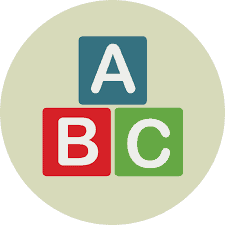
Advanced computer programs can solve substitution ciphers quite easily because of the rapid processing power and some tendencies that become apparent in the English language.
Every letter in the English language shows up in words a certain percentage of the time.
The vowels are typically among the most common letters in the alphabet. The letters T, N, S, R, and H are the most common consonants.
Account for Letter Usage Percentage ✉️
If you had a massive message to decode, you could use the knowledge of the letter tendencies to make assumptions about the substitution alphabet that was used to encrypt the message. Computer programs can also be used to narrow down your options.
Unfortunately, this technique is really only ideal for super-long messages. Shorter messages don’t provide enough information for assumptions to be made about letter frequencies.
It goes to show that even without the encryption key, you could find ways to decode the message. Solving a substitution cipher isn’t as challenging as it might seem, but there are also a few additional ways to make the encrypted message more challenging to solve.
The Importance of Punctuation and Formatting
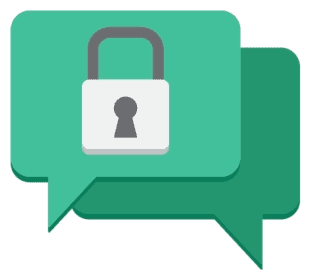
In most cases, punctuation is removed and formatting is changed when using a substitution alphabet to create a ciphered message.
Let’s revisit the “Hello World!” scenario again and assume that we remove punctuation and formatting in the encrypted message. The message would become “NRQQS USJQO”.
Notice how there is no longer an exclamation point at the end of the encrypted message. At this point, it is recommended that the formatting is manipulated. For example, you might format the message in the following way: “NR QQS US JQO”.
The encrypted message now appears to be four different words instead of two. This formatting change and the removal of punctuation has automatically made it quite a bit more challenging to solve.
Encrypted Emails
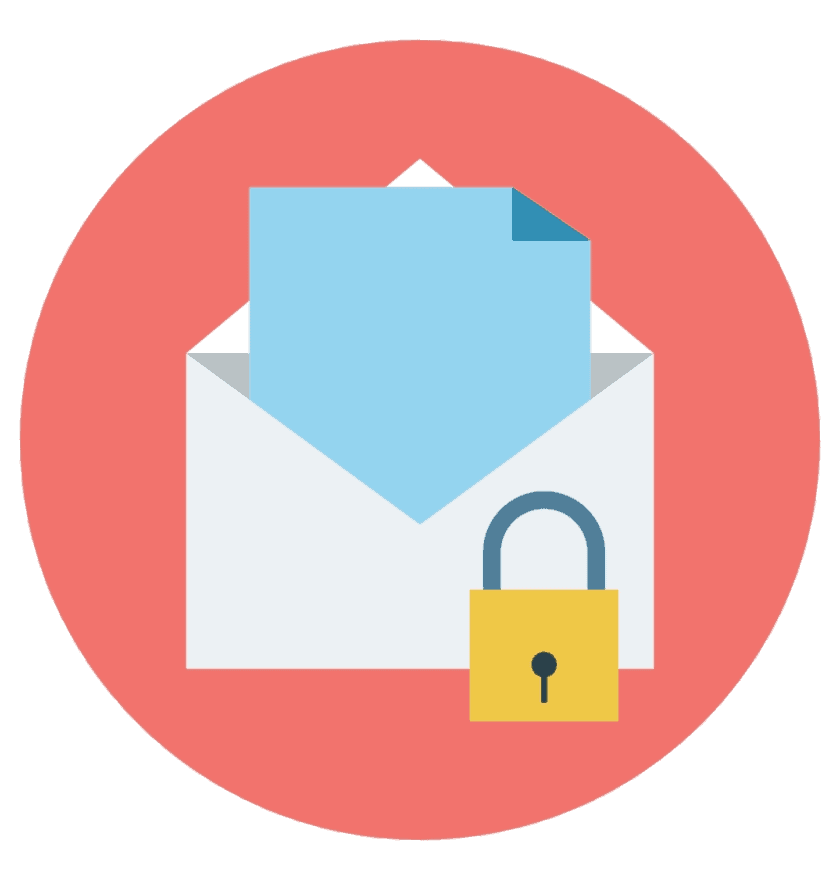
A lot of potentially sensitive information is transferred through email every single day. That is one of the reasons that substitution ciphers are being used to encrypt sensitive email messages.
There are several high-quality secure email service providers that provide users with the ability to encrypt email messages to protect sensitive information.
The contacts on an email list might have knowledge of a pre-existing encryption key, also known as the substitution alphabet.
Additional Layer of Protection 🛡️
This could be an alpha-numeric key, or perhaps something as simple as what was previewed above. Regardless, this is one way to place an additional layer of protection and security on your email messages.
While it is possible that the email messages could be decrypted without the encryption key, it would be challenging and take quite a bit of time and effort to do so. Using an encryption key is a really simple way to ensure that your messages cannot be exposed easily.
Encrypted Passwords
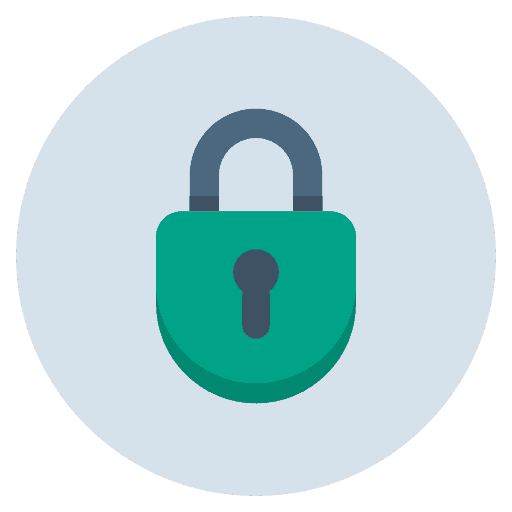
n some cases, it might be useful to use a password manager to encrypt your passwords. There are several reputable password managers that use encryptions to protect sensitive information.
Many of these programs use advanced substitution ciphers, but there are usually multiple layers of protection and security when it comes to something as sensitive as a password.
You could choose to use a password manager to simply encrypt and manage your existing passwords for all of your accounts. The encryption utilities are effective and useful, but some vulnerabilities could still exist.
In many cases, advanced substitution ciphers can provide additional layers of security.
Conclusion
The simple substitution cipher is commonly used in cryptography, even though it can easily be solved, especially if the encryption is very long. The ability to change formatting and punctuation will certainly help protect the encryption in some ways, but it is still possible to solve.
Advanced ciphers are probably a little bit safer than the simple substitution cipher, but that doesn’t mean that they are completely useless. There are still several different purposes that use simple substitution ciphers, and it certainly isn’t the worst idea to start using them yourself.
Simple substitution ciphers have been used for many centuries. There is no reason to expect that they will stop being used anytime soon. Some of the substitution ciphers were used for centuries, such as the Baconian cipher.



